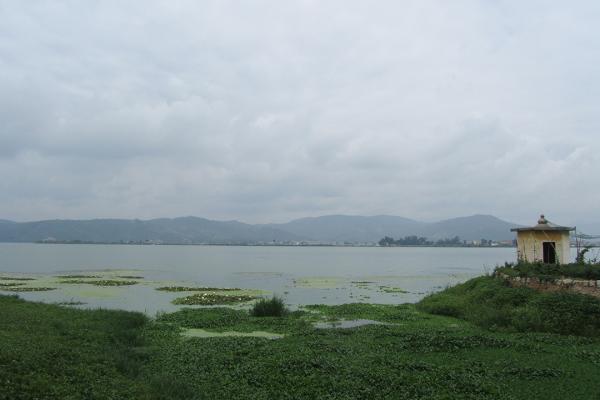
A Lacustrine Record of Indian Summer Monsoon Variability and Links to Human Activity from Yunnan, China
Presented by Byrd Fellow Aubrey Hillman
Continuous Holocene terrestrial archives of the Indian Summer Monsoon (ISM) are rare, yet critical to providing a long-term perspective of hydroclimate variability. Aubrey will present an 8,500 year sediment record from Xing Yun Lake in Yunnan, China that provides a semi-quantitative estimate of the timing and magnitude of lake level change using stable isotope measurements of oxygen from authigenic calcite as well as lake productivity based on carbon and nitrogen stable isotope measurements of organic matter. Early to mid-Holocene proxies are stable and suggest high lake levels. Drops in lake level begin around 6,700 years BP, indicative of a weakening of the monsoon system. The most substantial positive shift in oxygen isotopes occurs from 5,100 to 4,300 years BP and is closely linked to a period of sustained drought on the Indian subcontinent and the Tibetan Plateau. From 5,300 to 3,000 years BP, there are substantial changes to the carbon cycle of the lake, which coincide closely with the establishment of Bronze Age settlements around the lake. All proxies from this point forward point to substantial anthropogenic impacts and may be linked to a period of remarkably stable lake levels.
